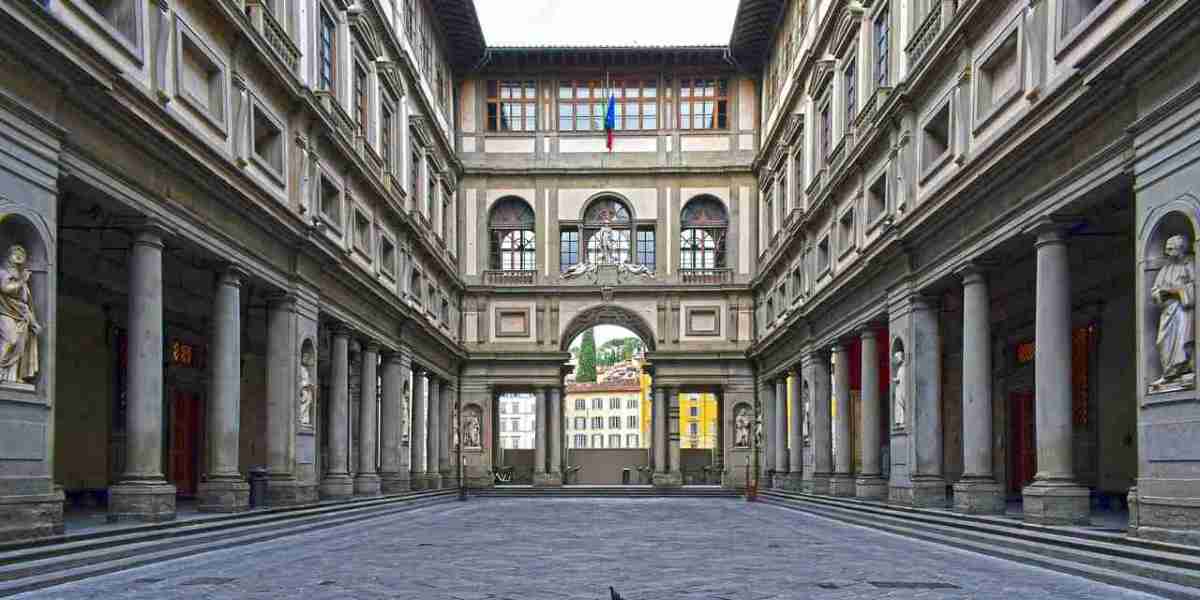The Uffizi Gallery in Florence, Italy, is renowned for its exceptional collection of Renaissance art. This prestigious institution not only showcases the masterpieces of renowned artists but also provides valuable insights into the cultural and artistic influences that shaped the Renaissance period. One of the most significant influences on Renaissance art was the rich mythology of ancient Greece and Rome. In this article, we will explore the captivating connection between the Uffizi Gallery and the enduring influence of Greek and Roman mythology on Renaissance art.
Mythological Themes in Renaissance Art:
The Renaissance period witnessed a revival of interest in classical antiquity, and artists drew inspiration from the myths and legends of ancient Greece and Rome. Mythological themes became prevalent in various art forms, including paintings, sculptures, and decorative arts. The Uffizi Gallery houses numerous works that depict mythological narratives, allowing visitors to witness the profound influence of these ancient stories on Renaissance artists.
Botticelli's "The Birth of Venus":
One of the most iconic works in the Uffizi Gallery is Sandro Botticelli's "The Birth of Venus." This masterpiece portrays the mythological goddess Venus emerging from the sea. The painting beautifully captures the grace and elegance associated with the goddess and showcases Botticelli's skillful portrayal of mythological subjects.
Titian's "Danae":
Titian's painting "Danae" is another captivating example of Greek mythology's influence on Renaissance art. The painting depicts the story of Danae, a mortal princess seduced by Zeus in the form of golden rain. The sensuality and richness of the painting demonstrate the artist's ability to breathe life into mythological narratives.
Cellini's "Perseus with the Head of Medusa":
Benvenuto Cellini's sculpture "Perseus with the Head of Medusa" exemplifies the fusion of Greek mythology and Renaissance art. This monumental bronze sculpture portrays the mythological hero Perseus holding the severed head of the monstrous Medusa. The sculpture showcases Cellini's mastery of capturing dynamic movement and emotions in his artwork.
Allegorical Paintings:
In addition to direct depictions of mythological stories, Renaissance artists often used allegorical paintings to convey deeper meanings. These artworks combined mythological figures with symbolic elements to explore moral, philosophical, or political themes. The Uffizi Gallery features several allegorical paintings that demonstrate the artists' skill in intertwining mythology with complex symbolism.
Influence on Symbolism and Iconography:
The influence of Greek and Roman mythology extended beyond the Renaissance period and continued to shape art in subsequent centuries. Mythological figures and motifs became part of the artistic language and contributed to the development of symbolism and iconography. The Uffizi Gallery displays artworks from different time periods that showcase the enduring impact of mythology on artistic expression.
The Uffizi Gallery stands as a testament to the profound influence of Greek and Roman mythology on Renaissance art. Through its remarkable collection, visitors can witness the artists' fascination with mythological narratives and their ability to infuse these stories with beauty, emotion, and symbolism. From Botticelli's ethereal depiction of Venus to Cellini's powerful sculpture of Perseus, the Uffizi Gallery offers a captivating exploration of the enduring connection between ancient mythology and the art of the Renaissance. So, when planning your Uffizi Gallery tour, be prepared to immerse yourself in the rich tapestry of myth and art that continues to inspire and awe visitors from around the world.









